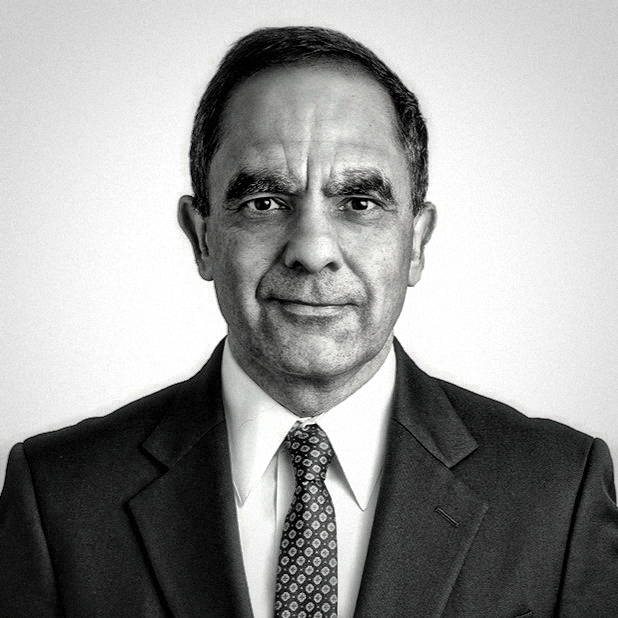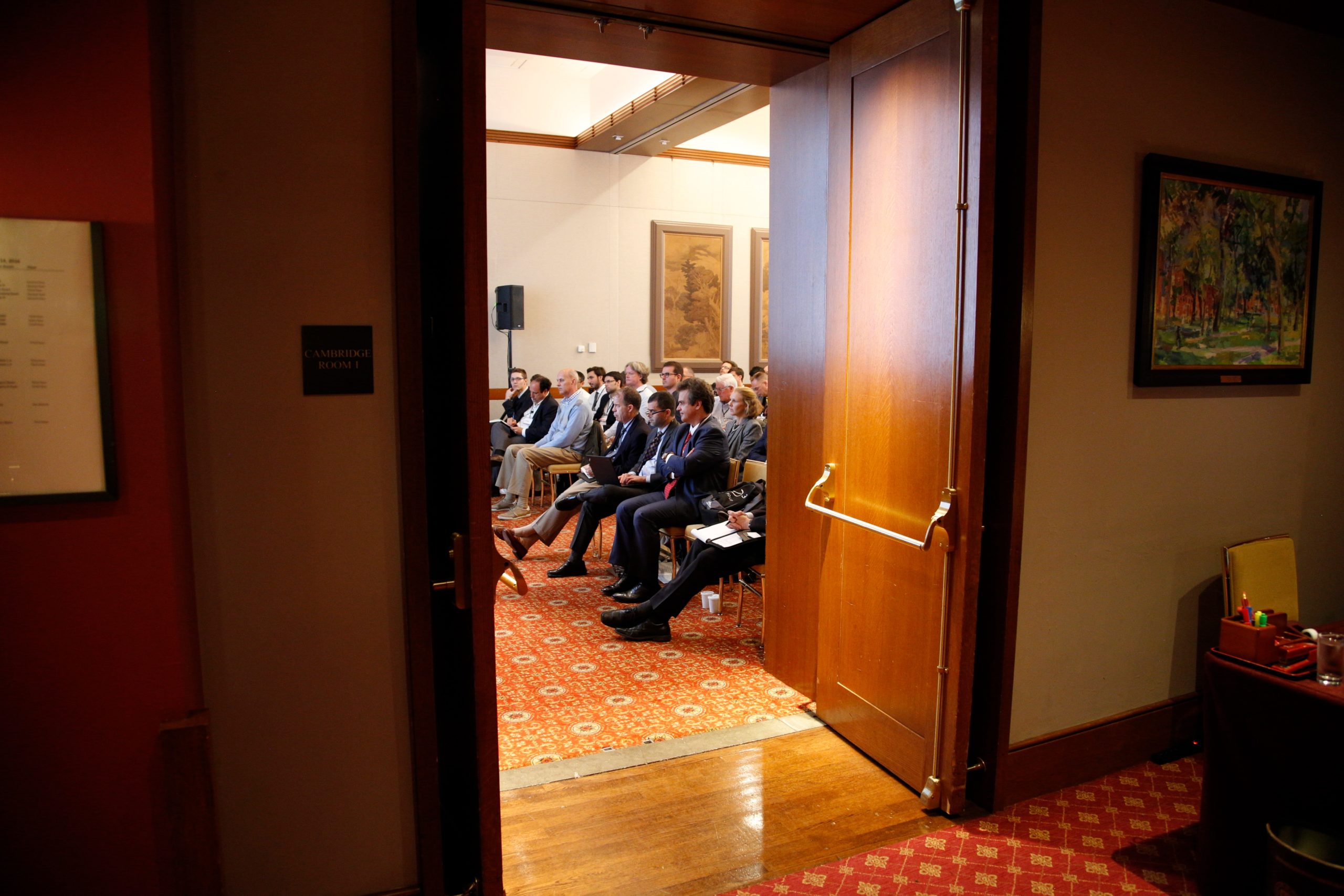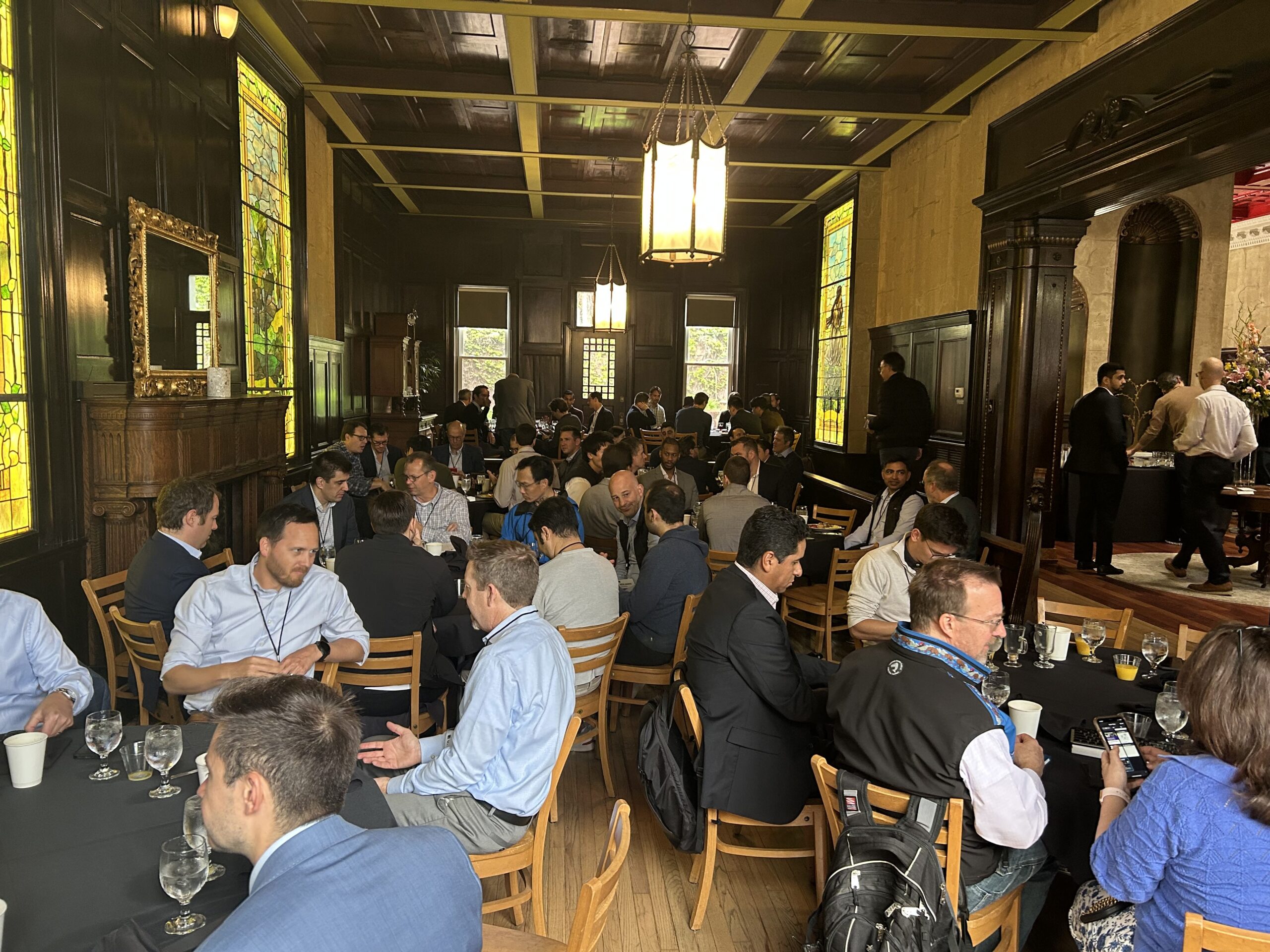This conversation is part of our special series, “Best Practices for Building a Great Investment Firm”. We speak with established and emerging leaders in fund management, institutional capital allocation, and family offices to uncover enduring principles for long-term success.
We continue this series with an interview with Saahill Desai, managing principal at DS Advisors, a US-based family office characterized by a patient, value-oriented approach and the distinct advantage of permanent capital.
Six years after our initial conversation, Saahill shares his insights into the evolution of DS Advisors’ investment strategy, highlighting key learnings from navigating diverse market environments, including the global pandemic.
Saahill emphasizes DS Advisors’ deliberate strategic focus on public market investments. Unlike many family offices heavily involved in private equity or venture capital, Saahill articulates the rationale behind choosing public markets, including better control over investment outcomes, more favorable after-tax returns, and a lean cost structure. These decisions have allowed DS Advisors to operate efficiently and transparently, optimizing investment costs.
One compelling aspect is DS Advisors’ deep-dive research process, akin to a private equity mindset but applied to public markets. The firm meticulously studies each business, engaging extensively with management, suppliers, customers, and former employees to fully grasp the fundamental drivers and risks. Saahill details the firm’s long-term, concentrated portfolio strategy, typically consisting of around 12-15 businesses, where commitment to each company often spans five to ten years or more.
Saahill also provides valuable insights into DS Advisors’ perspective on risk management, portfolio construction, and leverage, emphasizing the firm’s cautious yet opportunistic stance on deploying capital. We explored specific examples, including their thoughtful management of significant holdings like TransDigm, and how DS Advisors has adeptly navigated market volatility through a disciplined, research-intensive approach.
Finally, Saahill discusses the implications of emerging technologies, particularly AI, on investment decisions and processes. He conveys DS Advisors’ measured approach — focused on understanding AI’s potential impact on their holdings rather than speculating on AI-driven investments. Our comprehensive conversation offers rich insights into the nuanced, disciplined, and strategically patient philosophy that sets DS Advisors apart in today’s investment landscape.
Our conversation covers the following topics:
- DS Advisors’ Investment Philosophy
- Patient capital as competitive advantage
- Deliberate public markets focus
- Strategic Decision-Making
- Rationale for avoiding private equity and venture capital
- Advantages of controlling internal investment costs
- Tax efficiency in long-term investing
- Portfolio Construction and Management
- Deep research and long-term holding periods
- Importance of building positions incrementally
- Role and management of liquidity and leverage
- Case Study: TransDigm
- Investing rationale and due diligence
- Navigating pandemic-related market volatility
- Management engagement and capital allocation
- Emerging Trends and Technology
- DS Advisors’ thoughtful approach to AI
- Maintaining discipline amid technological change
Members, log in below to access the restricted content.
Not a member?
Thank you for your interest. Please note that MOI Global is closed to new members at this time. If you would like to join the waiting list, complete the following form:
About the interviewee:
Saahill is the founder of DS Advisors, a NYC/Miami-based family office where he oversees investment activity and manages a public equities fund. Saahill began his career at Jane Street Capital, a high-frequency trading and market making business in New York City. He later joined New Silk Route Partners, a South Asia-focused growth equity firm in their Mumbai office. He worked on NSR portfolio investments in media, healthcare, and manufacturing in addition to extensive work on the deals in the energy sector. While in India, he founded DS Advisors, the organization that now manages the majority of his family’s liquid net worth.
The firm is built on three fundamental principles: preservation of capital, a long-term view on investing, and partnering with great people who have impeccable values. At the moment, the firm operates in three areas: (i) public markets: the firm manages several public securities portfolios focused on equities and debt listed in developed markets; (ii) real estate: the firm focuses on owning and operating cash-flowing real estate assets in the U.S.; and (iii) private transactions: DSA seeks to invest directly in select private businesses with strong ROIC and cash flow characteristics.
In addition to sitting on DS Advisors’ investment committee, which oversees all the above pools, Saahill leads the firm’s efforts to expand its capabilities into new areas. Across all business segments, where the family office believes it cannot build or acquire specialized expertise, it seeks to partner with domain experts. In his free time, Saahill enjoys playing tennis and squash, traveling, reading up on consumer technology trends and following college and professional football. Saahill received a B.S.E. in Electrical Engineering and a Certificate in Finance from Princeton University and an MBA from Harvard Business School.













